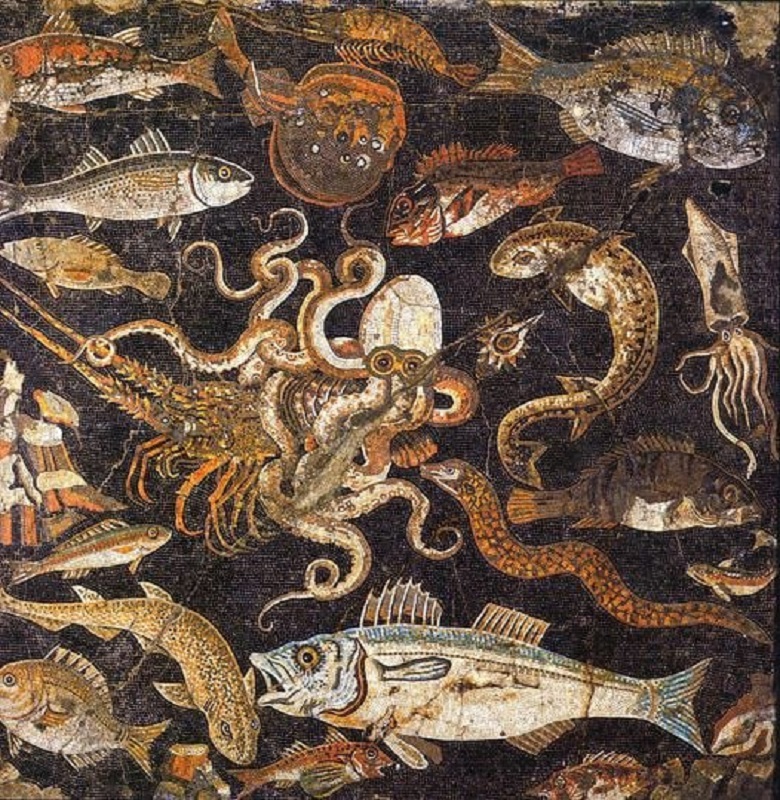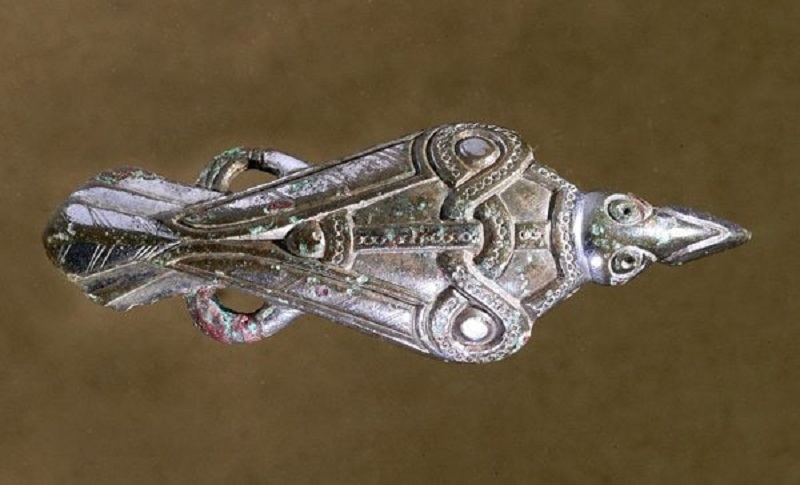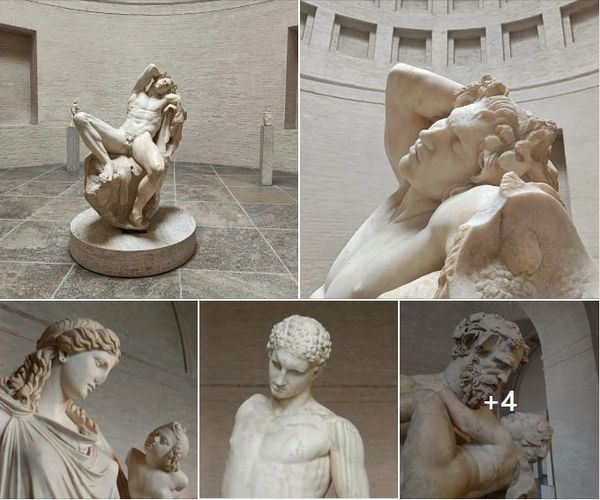In a groundbreaking study published in Antiquity, archaeologists have unveiled fascinating details about the wine production techniques of ancient Rome, suggesting that Roman wine likely had a slightly spicy flavor profile. This research, led by Dr. Dimitri Van Limbergen of Ghent University and Dr. Paulina Komar of the University of Warsaw, delves into the intricacies of Roman winemaking by examining ancient clay jars known as dolia. These findings not only challenge our previous understanding of Roman viticulture but also add a flavorful twist to the history of one of the world’s oldest beverages.

Techniques of the Ancients: How Roman Wine Was Made

The study primarily focused on dolia, the large clay jars integral to the fermentation, storage, and aging of Roman wines. By comparing these ancient containers with their modern counterparts still in use in some parts of Europe, researchers could infer much about the sensory aspects of ancient Roman wine. It appears that these wines were not just beverages but were also a reflection of Roman technological prowess and their understanding of craftsmanship and flavor enhancement.

Through detailed chemical analysis and residue testing, the team discovered that Roman winemakers employed various additives and techniques that imparted a distinct taste to their wines. Ingredients such as herbs, spices, and perhaps even seawater were used to achieve desired flavors and preservation qualities. This likely resulted in a wine that bore complex flavor notes, including a subtle spiciness that is quite unlike the fruit-forward wines we are accustomed to today.
A Taste Through Time: The Sensory Experience of Roman Wine

Imagine pouring a glass of wine with a scent hinting at the earthy tones of clay mixed with the sharpness of Mediterranean herbs and a background of oceanic brine. This might have been the sensory experience of drinking a Roman wine. The slightly spicy notes, as revealed by the study, could have come from the use of spices like black pepper or perhaps even exotic ingredients imported from the far reaches of the Roman Empire.
Moreover, the visual and textural characteristics of these wines were probably quite different from today's wine standards. The clarity and color could have varied widely, influenced by the materials of the dolia and the fermentation process, likely leading to a more opaque and possibly richer-colored wine. The use of spices and other additives might have added layers of flavor that made each batch of wine unique to its maker and region.
The Enduring Legacy of Roman Winemaking
This recent archaeological endeavor not only enriches our understanding of Roman culinary arts but also highlights the intricate relationship between culture, technology, and food in ancient societies. The study of dolia and ancient winemaking practices offers a window into how Romans integrated natural resources, scientific methods, and cultural practices to create a product that was much more than just a drink; it was a symbol of social status, economic prosperity, and gastronomic delight.
As archaeology continues to peel back the layers of history, each discovery adds depth to our understanding of past civilizations. The exploration of ancient winemaking practices not only broadens our historical knowledge but also enhances our appreciation for the sophistication and ingenuity of ancient societies. As we sip our modern wines, perhaps we can reflect on the rich tapestry of history that has shaped our culinary world, spiced not just by flavors but by centuries of human innovation.










